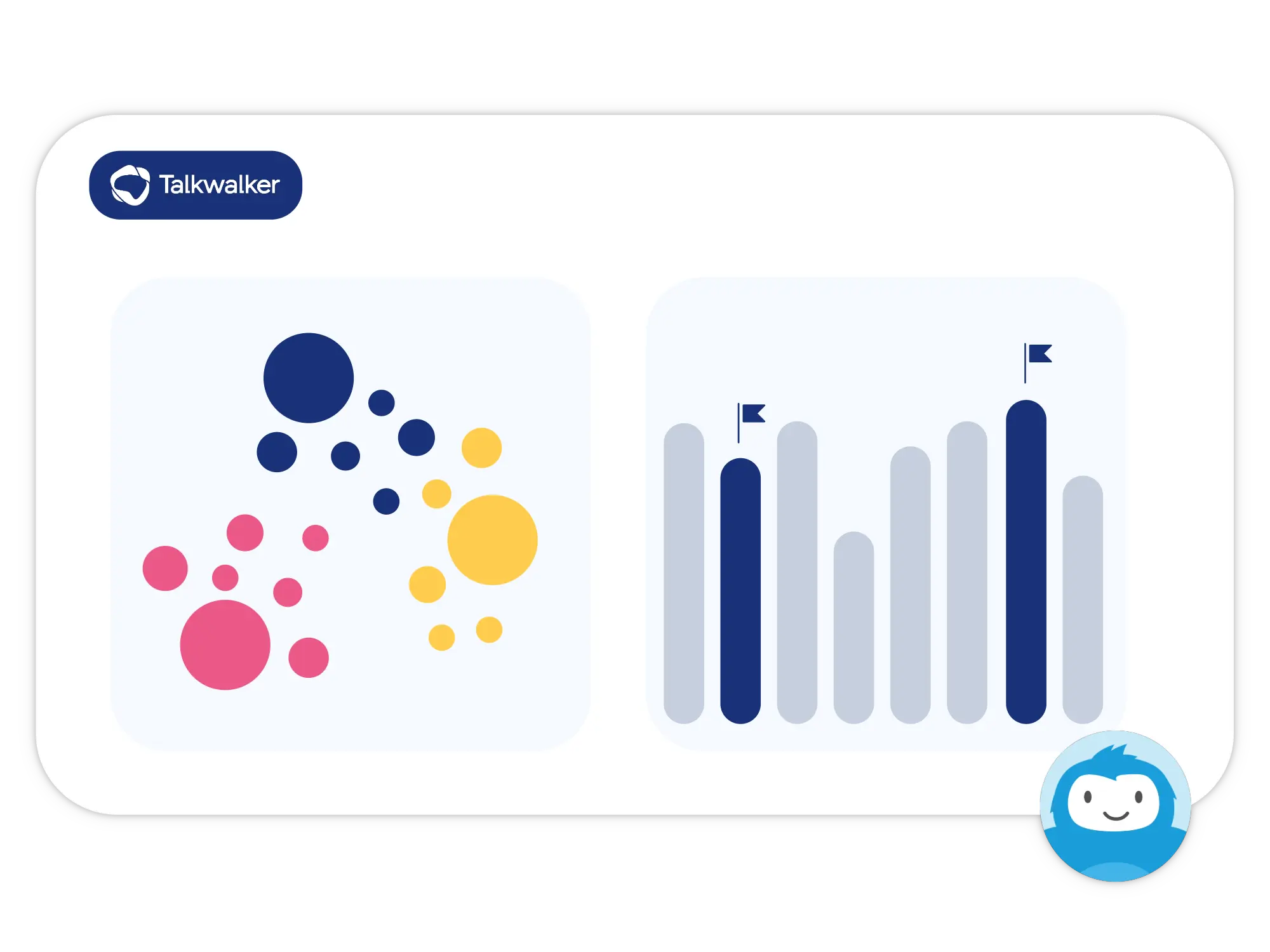📊 Social Listening
Potencie su escucha social. Gran impacto, la mejor cobertura de su clase y un uso intuitivo. Ponga los datos sociales al alcance de todos sus equipos.
📱 Media Monitoring
Conviértase en una superestrella del monitoreo de medios Mida el rendimiento de tu marca y cree estrategias de contenido y relaciones públicas de éxito para tu empresa.
🎯 Social Benchmarking
Las herramientas que necesita para adelantarse a los demás. Compare su rendimiento con el de la competencia y los estándares del sector.
Impacto empresarial real
Trabajando para usted para lograr:
- Crear estrategias de marketing sólidas
- Ejecutar programas de desarrollo de productos de confianza
- Conectar con medios de comunicación influyentes
- Fidelizar a los consumidores y aumentar las ventas
.webp?width=40&height=40&name=Untitled%20(35).webp) Utilizamos Talkwalker en todas nuestras marcas. Siguen innovando con rapidez y cada desarrollo de producto es realmente impactante..."
Utilizamos Talkwalker en todas nuestras marcas. Siguen innovando con rapidez y cada desarrollo de producto es realmente impactante..."
.webp?width=40&height=40&name=Untitled%20(35).webp) El valor más destacado para nosotros es la gestión de crisis. El abanico de fuentes y cobertura de datos nos da un alto grado de confianza para no perder nunca el ritmo..."
El valor más destacado para nosotros es la gestión de crisis. El abanico de fuentes y cobertura de datos nos da un alto grado de confianza para no perder nunca el ritmo..."
.webp?width=40&height=40&name=Untitled%20(35).webp) ...desde el punto de vista de la escucha y en relación con la cobertura total, no creo que haya ninguna herramienta que se acerque a lo que hace Talkwalker"
...desde el punto de vista de la escucha y en relación con la cobertura total, no creo que haya ninguna herramienta que se acerque a lo que hace Talkwalker"

Asociándose con...

Gestionar la reputación y mitigar las crisis

Identifique tendencias y optimice su estrategia social

Encuentre las necesidades insatisfechas de sus consumidores y construya su motor de innovación

Demuestre su experiencia para sorprender a sus clientes actuales y captar nuevos clientes
La 1ª elección de más de 2.500 marcas








Un líder en The Forrester New Wave™
Plataformas de inteligencia de los consumidores basadas en IA T3 2021
.webp)
